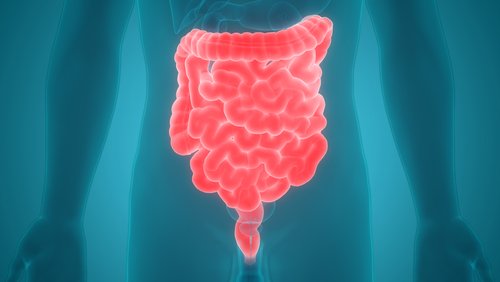A new method to record signals transmitted in the vagus nerve in mice could aid research on inflammation-related disorders, such as inflammatory bowel disease (IBD). The new protocol was developed by researchers at the Feinstein Institute for Medical Research.
“Our new methodology allows us to begin developing ways to decode the nervous system in such a way that we better understand how to detect and regulate inflammation,” Harold A. Siverman, PhD, the study’s first author, said in a press release.
“We can use this new understanding to develop devices that simultaneously diagnose and treat disease,” he added.
The study titled, “Standardization of methods to record Vagus nerve activity in mice,” was published in the journal Bioelectronic Medicine.
The vagus nerve is the longest of all 12 cranial nerves. It extends from the head to the abdomen and innervates the pharynx, soft palate, larynx, esophagus, heart, stomach, and bowel. It is essential for sensory and motor functions, and also helps regulate heart rate. In the gastrointestinal system, the vagus nerve stimulates smooth muscle contraction and glandular secretions.
The vagus nerve’s regulation of organ function involves communicating body changes related to immunity, inflammation, and injury back to the brain. The information is then integrated and transmitted to the spleen and other organs, leading to the suppression of inflammation.
This reflex control of inflammation has been shown in animal models of inflammatory disease, in clinical trials with patients with rheumatoid arthritis and Crohn’s disease – one of the two most common forms of IBD (the other is ulcerative colitis) – and is also involved in sepsis, hypertension, and lupus.
Mapping the signals transmitted in the vagus nerve and the neural pathways controlling these diseases could lead to new treatments. The research team focuses on developing bioelectronic medicine technologies, which could avoid the use of pharmaceuticals that may cause adverse effects.
“We know from our previous studies that electrically stimulating the vagus nerve inhibits immune responses associated with different diseases,” Sangeeta S. Chavan, PhD, one of the study’s senior authors, said. “In this study, we establish methods to record these signals transmitted in the vagus nerve.”
The team isolated the vagus nerve from mice and recorded its electrical signals with a data acquisition system. They then analyzed changes in nerve activity in response to anesthesia, feeding, or bacterial endotoxin, which may trigger an inflammatory response.
They found that their new recording system responded to the different stimuli and had an improved signal strength over comparable approaches.
Overall, the method provides “a useful tool to further delineate the role of vagus neural pathways in a standardized murine (mouse) disease model,” the researchers wrote.

